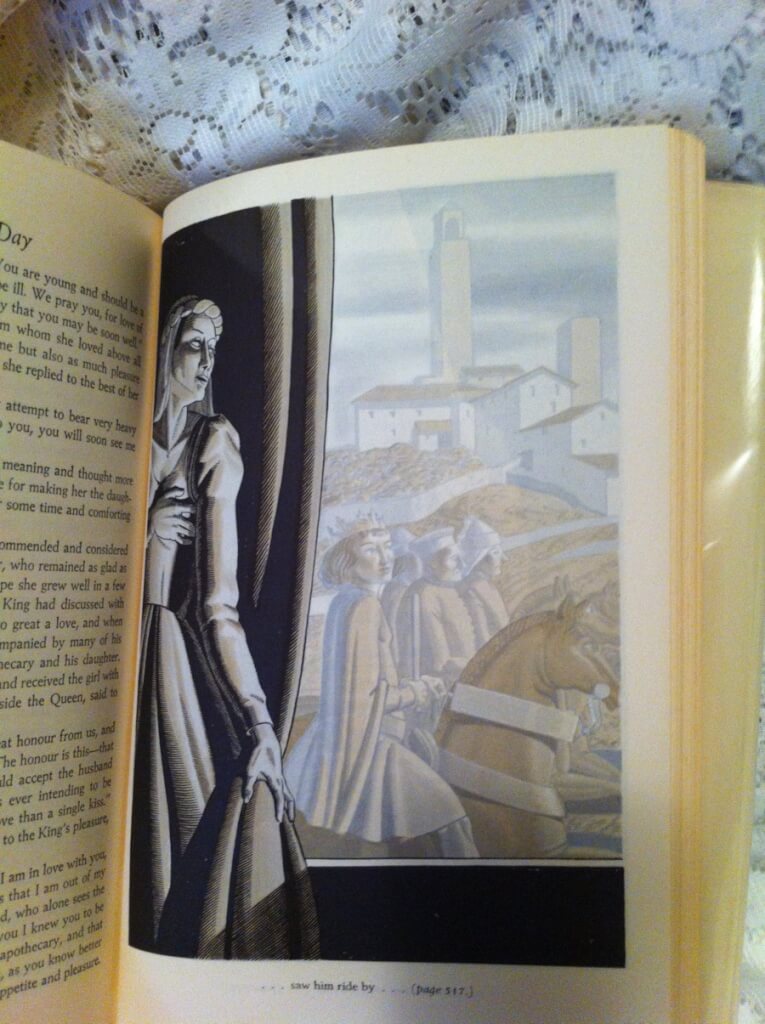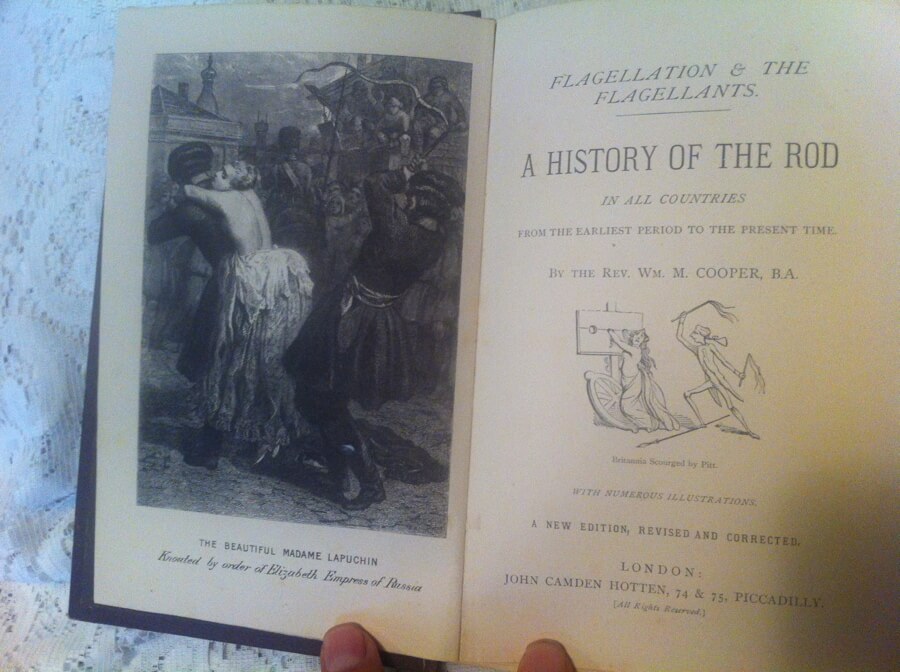Memoirs of Cardinal Dubois | A complete unabridged translation from the French by Ernest Dowson | Embellished with photogravure portraits of Cardinal Dubois and the Duc d’Orleans, together with twelve full page drawings by Lui Trugo (Privately Printed for Subscribers [Art Studio Press], New York, 1929, #264/1500)
9.75″x6.5″, 2 volumes on hand laid paper, xvi-376pp, viii-349pp, black cloth with gilt titles and decorations, top-edge inked, others deckled, good condition bumped corners and a few scuff marks. Two different ex libris Alan K Dolliver bookplates inside front covers of both books.
According to the publisher, the original manuscript which was written entirely in Dubois hand was stolen by his secretary Lavergne after his death in 1723. It was later discovered of its literary value that Lavergne attempted to sell the manuscript. He was found and arrested. They later fell into the hands of Comte de Maurepas, then upon his death they were passed on to an anonymous writer named Mercier (possibly M. Paul Laroix) whose family had it published in 1829. The manuscript then became lost. In 1899 and English version of the book translated by Ernest Christopher Dowson, was published by the notorious pornographer, Leonard Smithers & Co. This is, presumably a reprinting of that translation.
Guillaume Dubois (1656-1723), a son of a country doctor, rose from humble beginnings to positions of power and high honor in government and in the Catholic Church. He is best known for negotiating the Triple Alliance of 1717 between France, the Dutch Republic and Great Britain against their mutual enemy, Spain. Considered one of the four great French Cardinal-Ministers (Richelieu, Mazarin, Dubois, and Fleury).
His ecclesiastical career left a great deal to be desired. Although there is no proof of the prevalent assertion that he got secretly married, his licentiousness, and notorious impiety, even at the time of his death, make it evident that he pursued and used ecclesiastical dignities principally to enhance his political position and prestige. Eventually in 1721, Du Bois was created cardinal.
He had the reputation of a libertine and adventurer and made plenty of enemies. One of his rivals was charged at creating his portrait, the Duc de Saint-Simon, who was said to have placed a painting of Dubois in his lavatory. Saint-Simon had this to say about the Cardinal:
“He was a little, pitiful, wizened, herring-gutted man, in a flaxen wig, with a weasel’s face, brightened by some intellect. All the vices – perfidy, avarice, debauchery, ambition, flattery – fought within him for the mastery. He was so consummate a liar that, when taken in the fact, he could brazenly deny it. Even his wit and knowledge of the world were spoiled, and his affected gaiety was touched with sadness, by the odour of falsehood which escaped through every pore of his body.”
This famous picture is certainly biased. Dubois was unscrupulous, but so were his contemporaries, and whatever vices he had, he forged a European peace that, with the exception of small, restrained military expeditions against the Austrian Habsburgs, would last for a quarter of a century.




























Reviews
There are no reviews yet.